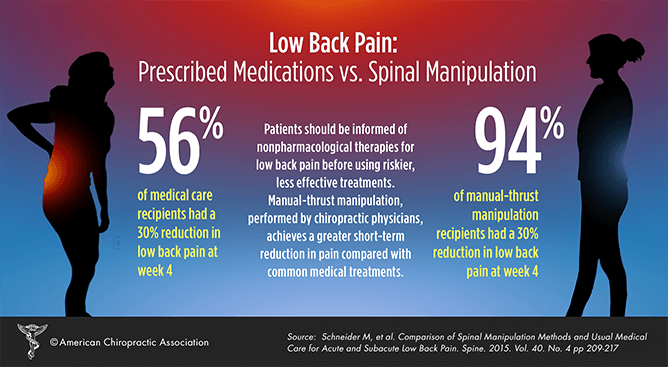Why Does Soft Tissue Treatment Pain? Comprehending The Process
Why Does Soft Tissue Treatment Pain? Comprehending The Process
Blog Article
Material Created By-Huffman Jacobson
When you undertake soft Tissue treatment, you might find it surprisingly awkward. This discomfort develops as pressure is related to stressful muscles and broken cells, activating your discomfort receptors. While it can feel upsetting in the moment, there's a reason behind this feeling. Understanding what takes place in your body during these treatments can help you value the process. So, just what is going on below the surface?
The Physiology of Discomfort During Soft Tissue Treatment
When you go through soft Tissue therapy, your body's action to pain is a complicated interplay of physiological procedures. As the therapist applies pressure, your body turns on pain receptors, sending signals to your brain. This causes the launch of neurotransmitters, such as material P and glutamate, which intensify the feeling of discomfort.
Your muscles might additionally tense up in reaction, further making complex the experience. In https://what-do-chiropractors-do95173.dm-blog.com/33106784/a-sports-massage-can-reduce-muscle-mass-pain-and-enhance-recovery-but-what-distinct-methods-make-it-a-video-game-changer-for-professional-athletes-discover-the-responses-inside , your body might launch endorphins, all-natural pain relievers that can aid alleviate some pain.
The interaction between these processes can create an one-of-a-kind experience for each and every person. Recognizing this physiological feedback helps you navigate the feelings throughout treatment, allowing you to value the balance in between pain and the possibility for healing benefits.
The Role of Pain in the Healing Process
Although pain during soft Tissue treatment can really feel frustrating, it plays an important duty in the healing procedure. When you experience discomfort, your body is signaling that it's functioning to repair broken tissues. This feedback aids increase blood circulation to the damaged area, delivering important nutrients and oxygen needed for recovery.
Furthermore, pain can promote the launch of endorphins, your body's natural pain relievers, developing a sense of relief post-treatment. Embracing this discomfort can assist you comprehend your body's restrictions and urge you to resolve underlying problems.
While it's uncomfortable currently, this process is important for long-term healing and boosted function. Acknowledging pain as an essential part of healing can encourage you to stay devoted to your treatment.
Tips for Managing Discomfort Throughout and After Therapy
Managing discomfort during and after soft Tissue treatment can substantially enhance your total experience and recovery.
To begin, connect honestly with your specialist regarding your discomfort levels; they can change methods as necessary. Using deep breathing strategies can likewise aid you kick back and ease pain.
Take into consideration using ice to the cured area post-session to minimize swelling and numb discomfort. Remaining hydrated help in the recuperation process, so consume alcohol lots of water.
Gentle extending and light activity after therapy can advertise blood flow and convenience tightness. Finally, turmeric & black pepper capsules obtain appropriate remainder to permit your body to heal.
Carrying out these tips can make your soft Tissue therapy more manageable and delightful.
https://www.bizjournals.com/memphis/news/2021/10/13/the-joint-chiropractic-opens-fourth-location.html
In conclusion, while soft Tissue therapy can be unpleasant, it's essential to acknowledge that this discomfort plays a crucial duty in your healing trip. By comprehending the physical actions at play, you can approach the therapy with a much more favorable state of mind. Keep in mind, the initial pain commonly gives way to relief as your body launches endorphins. Accept the procedure, and don't be reluctant to utilize the ideas for taking care of pain to boost your experience and recovery.
